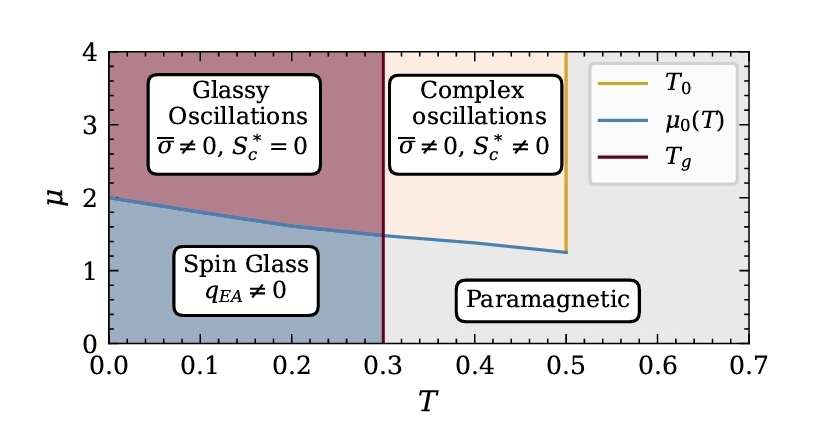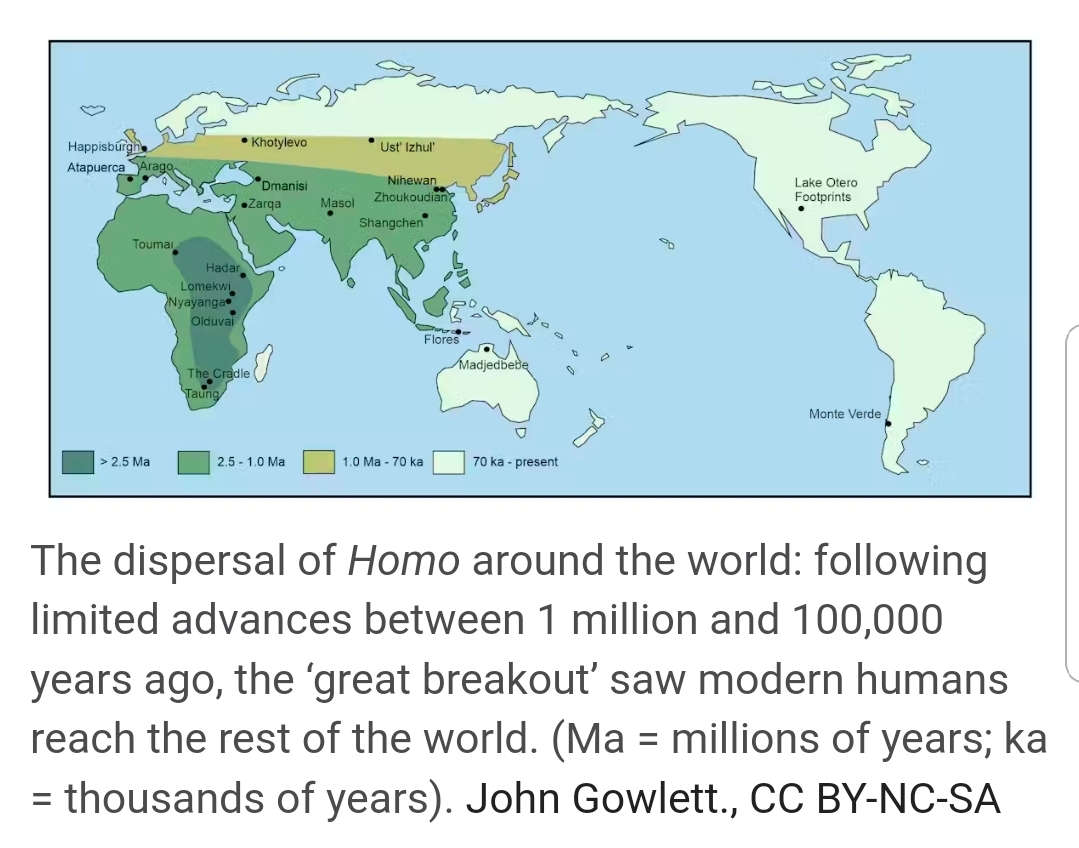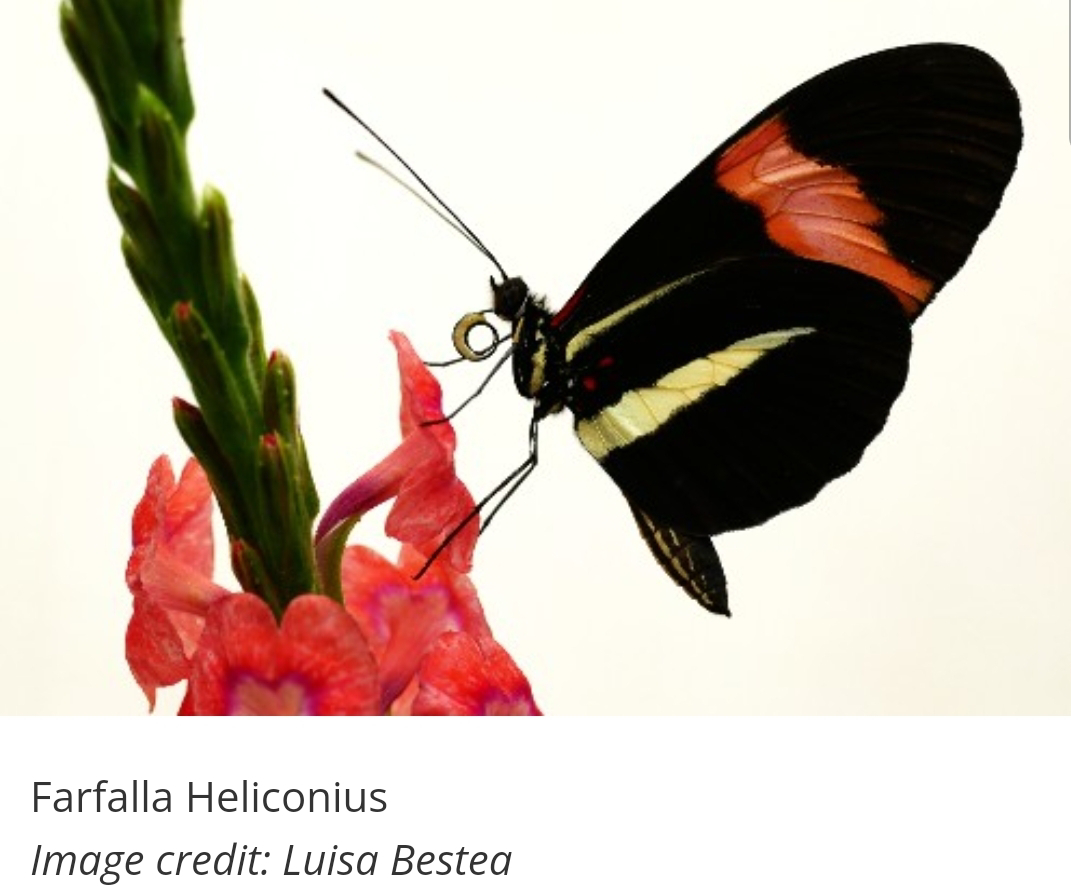<< ️Dormancy is a widespread adaptive strategy that enables populations to persist in fluctuating environments, yet how its benefits depend on the temporal structure of environmental variability remains unclear. (AA) examine how dormancy interacts with environmental correlation times using a delayed-logistic model in which dormant individuals reactivate after a fixed lag while birth rates fluctuate under temporally correlated stochasticity. >>
<< ️Numerical simulations and analytical calculations show that the combination of demographic memory and colored multiplicative noise generates a strongly non-monotonic dependence of fitness on dormancy duration, with three distinct performance regimes. Very short dormancy maximizes linear growth but amplifies fluctuations and extinction risk. Very long dormancy buffers environmental variability, greatly increasing mean extinction times despite slower growth. Strikingly, (They) find a broad band of intermediate dormancy durations that is maladaptive, simultaneously reducing both growth and persistence due to a mismatch between delay times and environmental autocorrelation. >>
<< ️An evolutionary agent-based model confirms bistability between short- and long-dormancy strategies, which avoid intermediate lag times and evolve toward stable extremes. >>
<< ️These (AA) results show that dormancy duration is not merely a life-history parameter but an adaptive mechanism tuned to environmental timescales, and that intermediate "dangerous middle" strategies can be inherently disfavored. More broadly, this work identifies a generic mechanism by which demographic delays interacting with correlated environmental variability produce a non-monotonic fitness landscape that selects for extreme timing strategies. >>
Jorge Hidalgo, Lorenzo Fant, Rafael Rubio de Casas, Miguel A. Muñoz. Fluctuating Environments Favor Extreme Dormancy Strategies and Penalize Intermediate Ones. arXiv: 2512.05856v1 [q-bio.PE]. Dec 5, 2025.
Also: evolution, transition, disorder & fluctuations, noise, in https://www.inkgmr.net/kwrds.html
Keywords: evolution, adaptation, transition, dormancy, fluctuating environments, stochasticity, noise.













